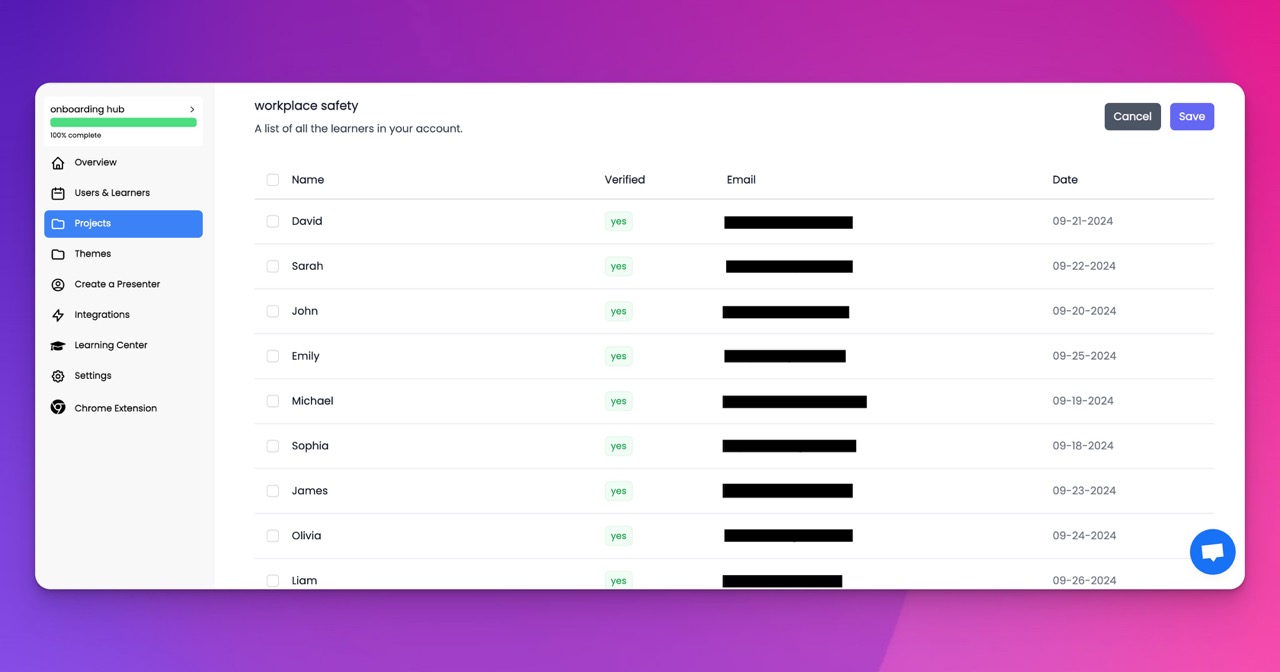🎉 Trainday now integrates with Zendesk and Hubspot 🎉 Trainday now integrates with Zendesk and Hubspot 🎉 Trainday now integrates with Zendesk and Hubspot
🎉 Trainday now integrates with Zendesk and Hubspot
🎉 Trainday now integrates with Zendesk and Hubspot
Contact
"Revolutionizing Employee Training: Unleashing The Power Of AI Avatars For Enhanced Learning And Development"
Revolutionizing Employee Training: Unleashing the Power of AI Avatars for Enhanced Learning and Development
In today's fast paced and rapidly evolving business landscape, employee training and development have become crucial for organizations to stay competitive. Traditional training methods often fall short in engaging employees and delivering effective learning experiences. However, with the advent of artificial intelligence (AI) avatars, a new era of training has emerged, revolutionizing the way we learn and develop in the workplace.
AI avatars, also known as virtual assistants or virtual humans, are computer generated characters designed to simulate human interactions and behavior. They leverage advanced AI algorithms to understand and respond to human commands, facilitating immersive and interactive learning experiences. By incorporating AI avatars into employee training programs, organizations can unlock a multitude of benefits that enhance learning and development.
One of the key advantages of AI avatars is their ability to personalize training experiences. Traditional training methods often follow a one size fits all approach, which may not effectively cater to individual learning styles and preferences. AI avatars, on the other hand, can adapt to each employee's unique needs, providing customized training modules and feedback. This personalization fosters a more engaging and effective learning environment, as employees can learn at their own pace and focus on areas where they need improvement.
Moreover, AI avatars can create a safe space for employees to practice and refine their skills. Through realistic simulations and role playing scenarios, employees can gain hands on experience without the fear of making mistakes that could have real world consequences. This enables employees to build confidence, experiment with different approaches, and learn from their failures in a supportive environment. As a result, employees can develop their skills more rapidly and effectively, ultimately driving improved performance in their roles.
Another significant advantage of AI avatars is their accessibility and flexibility. In traditional training methods, scheduling conflicts and geographical limitations can hinder the participation of employees from different locations or time zones. However, AI avatars can be accessed remotely, allowing employees to engage in training programs at their convenience, regardless of their physical location. This flexibility not only saves time and resources but also ensures that all employees have equal access to training opportunities, promoting inclusivity within the organization.
Furthermore, AI avatars can provide real time feedback and performance assessments, enabling employees to track their progress and identify areas for improvement. By continuously monitoring and evaluating their performance, employees can actively work towards their development goals and make targeted efforts to enhance their skills. This immediate feedback loop accelerates the learning process and helps employees stay motivated and engaged in their training journey.
As organizations embrace AI avatars for employee training, they must also address potential concerns related to privacy and data security. It is crucial to ensure that sensitive employee information is protected and that employees are comfortable interacting with AI avatars. Clear communication and transparency about data usage and privacy policies are essential to build trust and alleviate any apprehensions among employees.
In conclusion, AI avatars have the potential to revolutionize employee training and development by providing personalized, immersive, and interactive learning experiences. With their ability to adapt to individual needs, create safe learning environments, and offer flexibility, AI avatars empower employees to take control of their learning journey and enhance their skills. As organizations embrace this technology, they can unlock the full potential of their workforce, driving innovation, and success in the ever evolving business landscape.
Accelerate Compliance.
Deliver OSHA-Ready Courses Instantly.
Empower your team with data-driven training solutions tailored to your industry's safety standards. Stay compliant, reduce risks, and boost productivity with AI-powered course creation.
